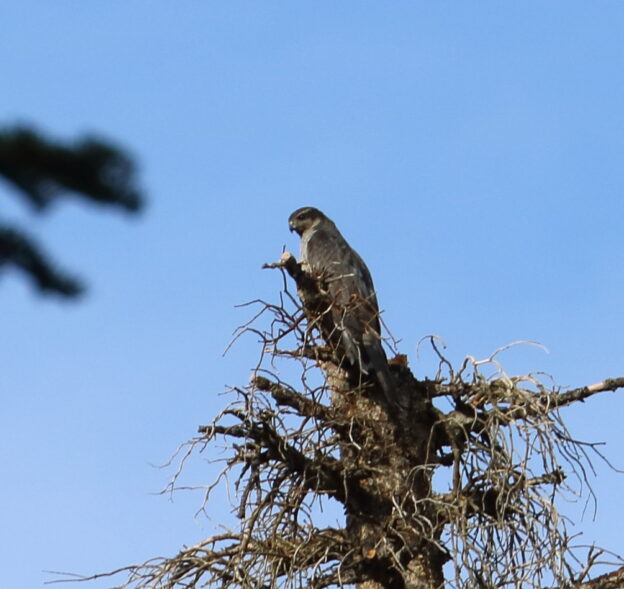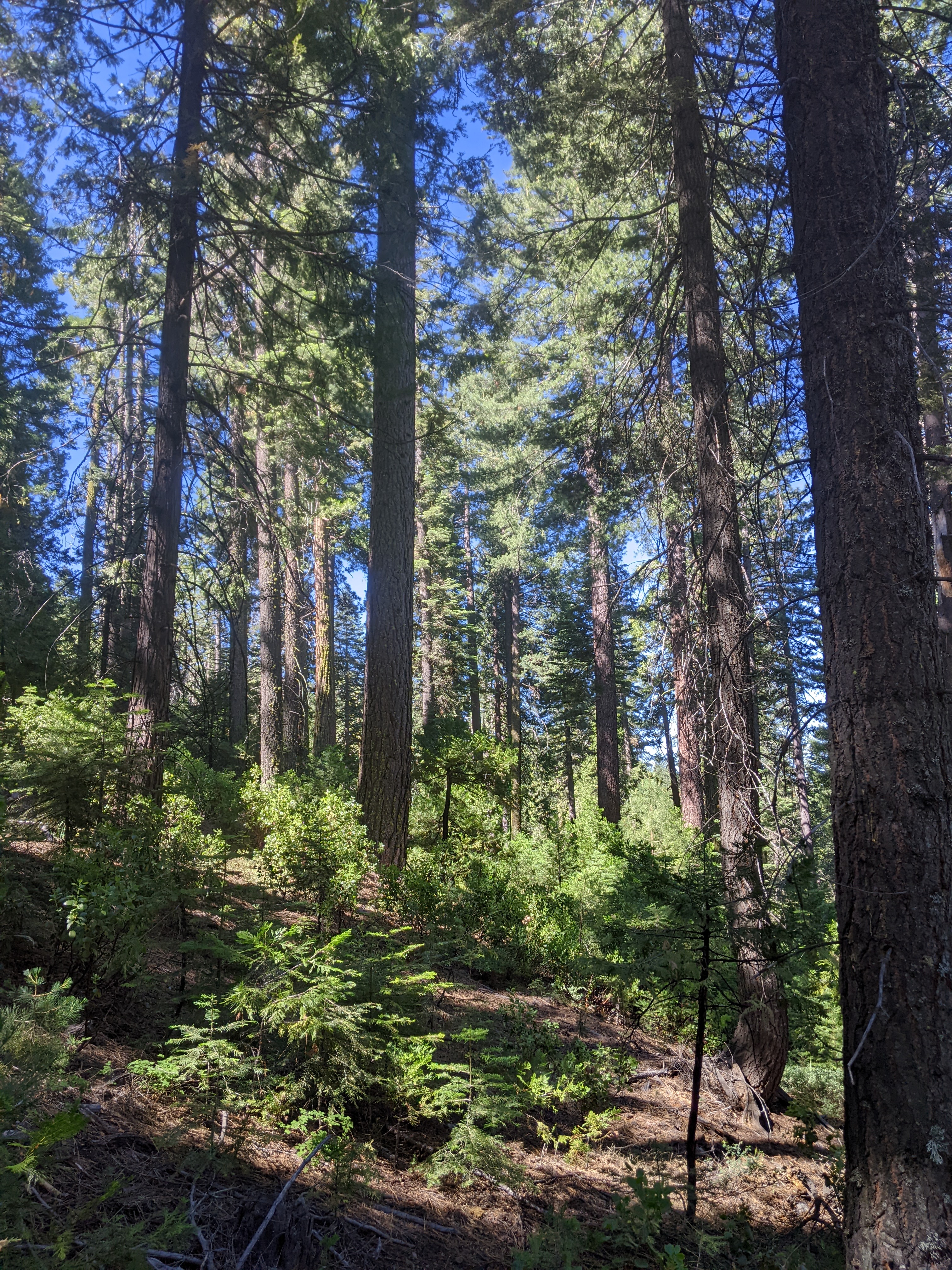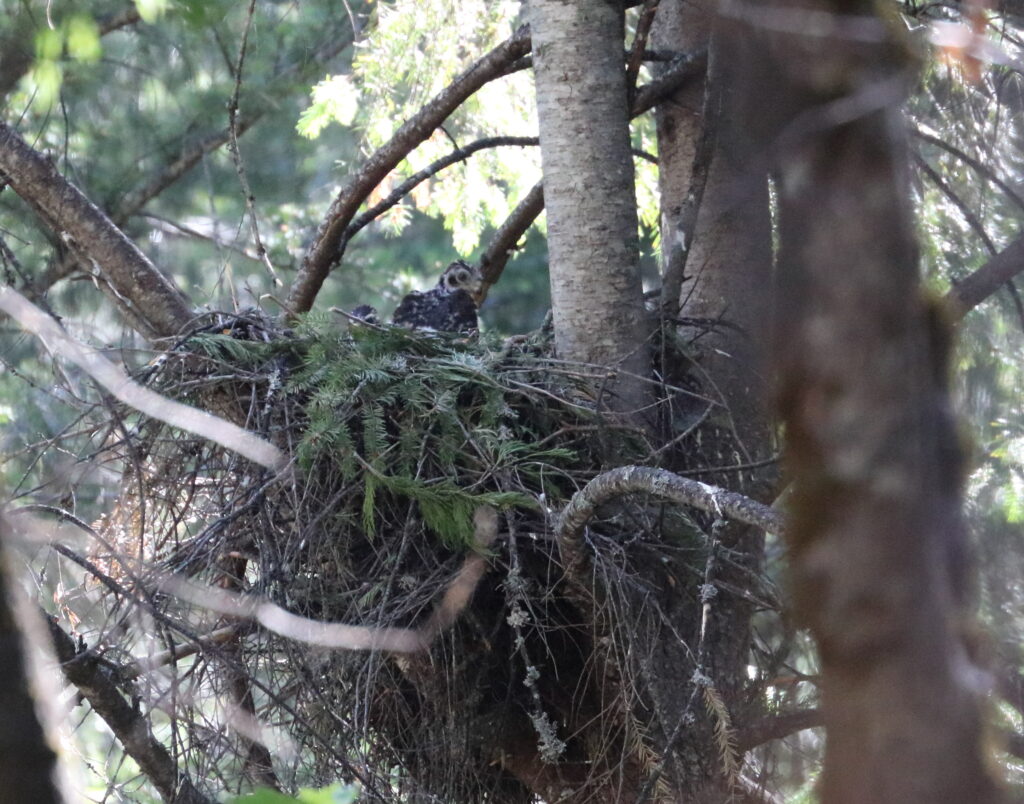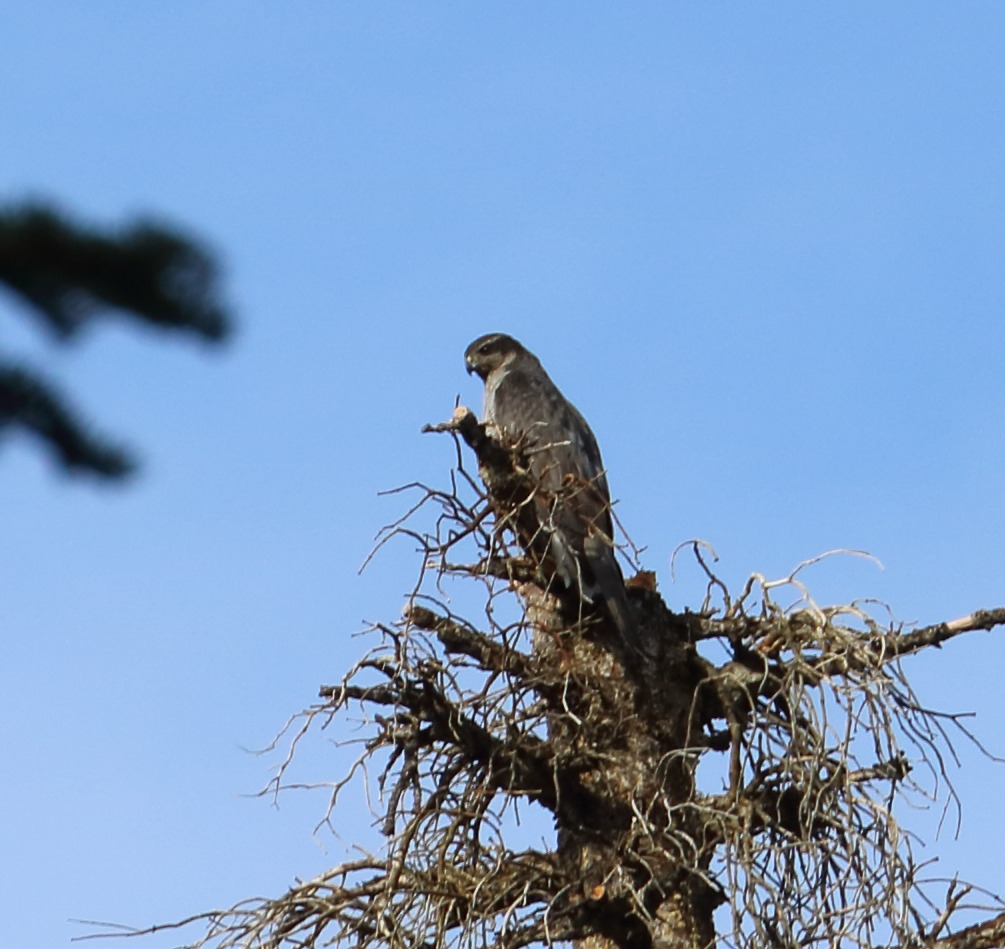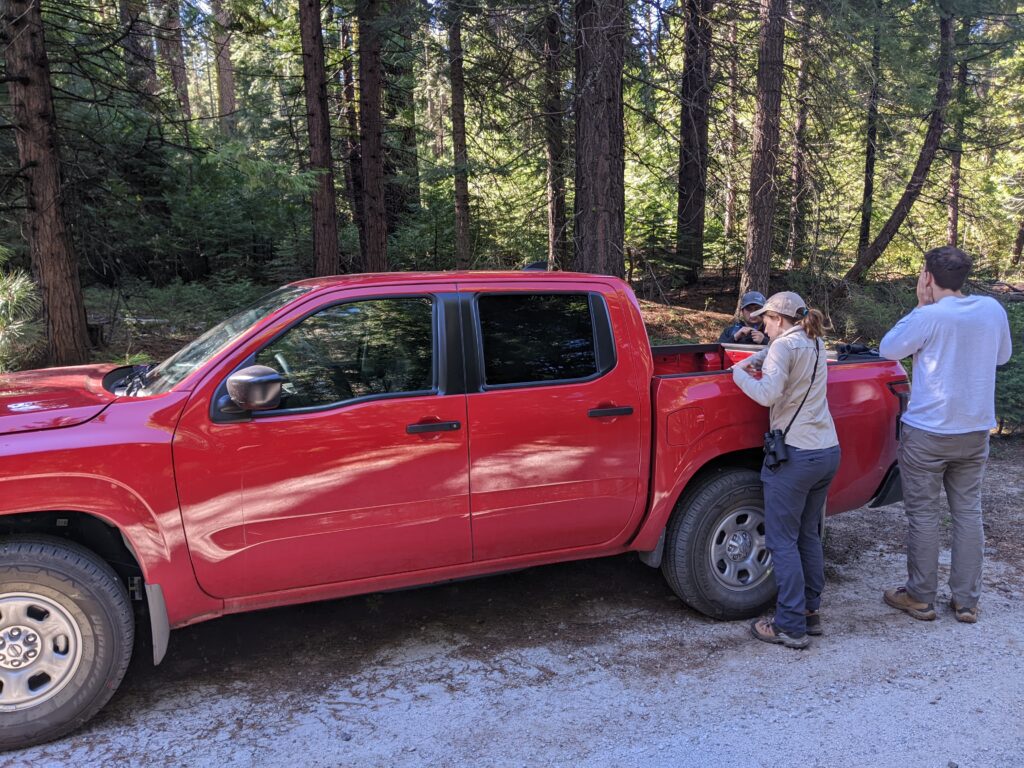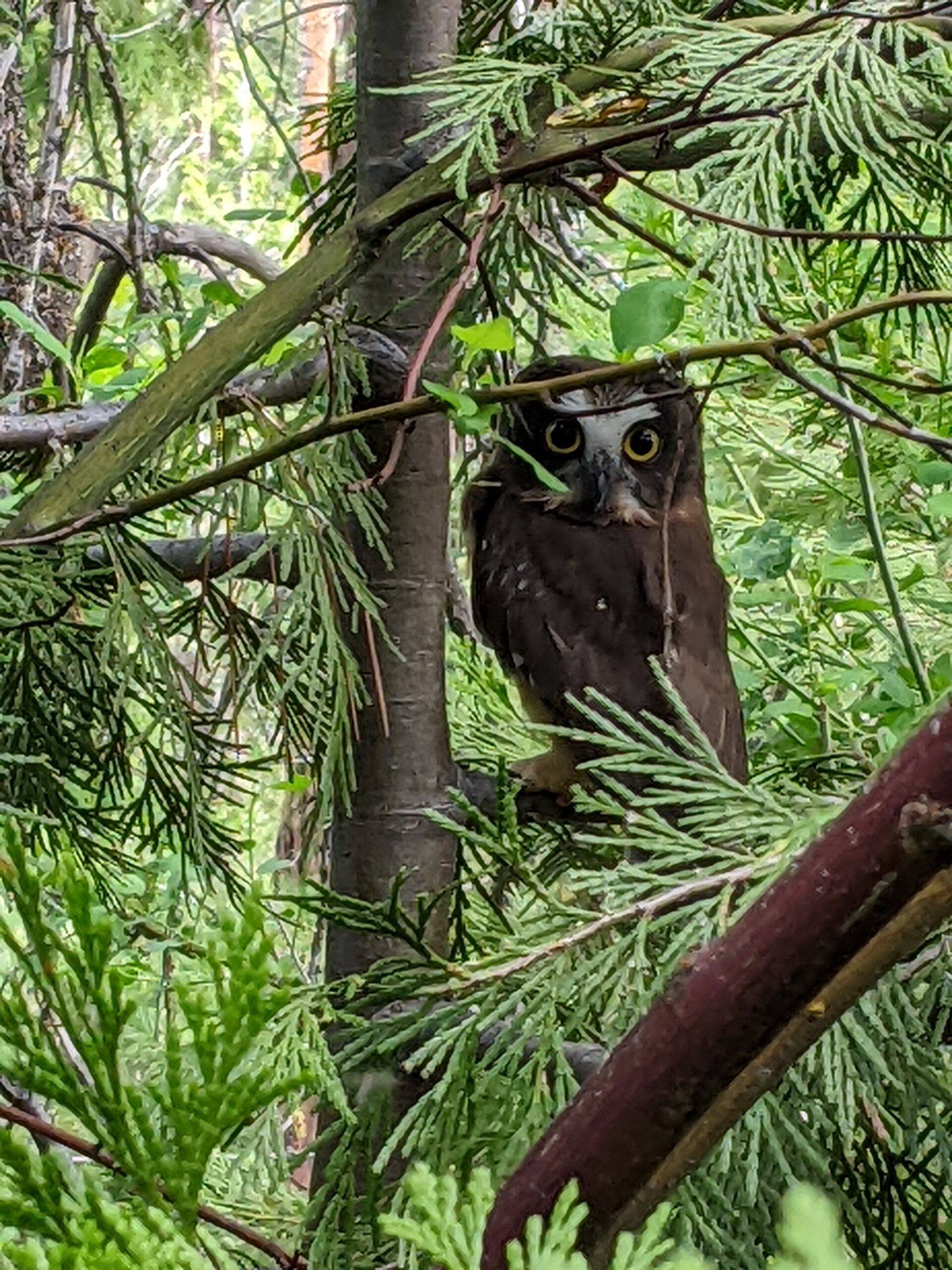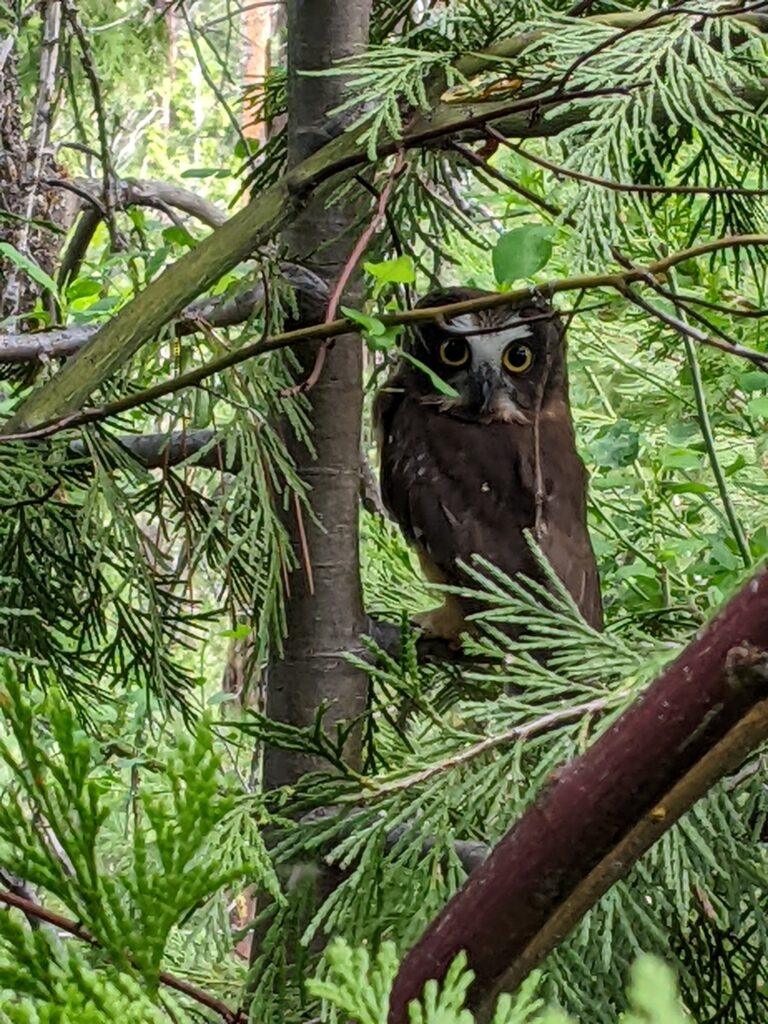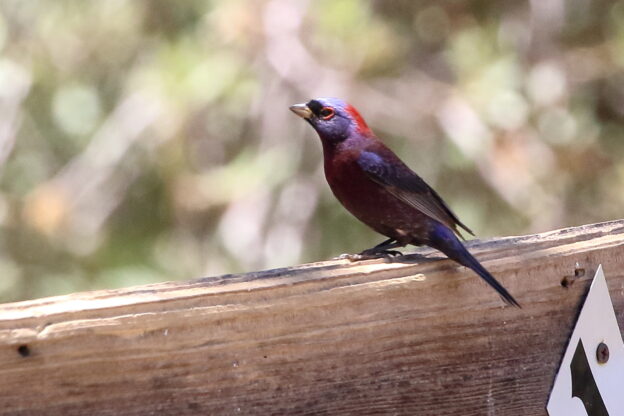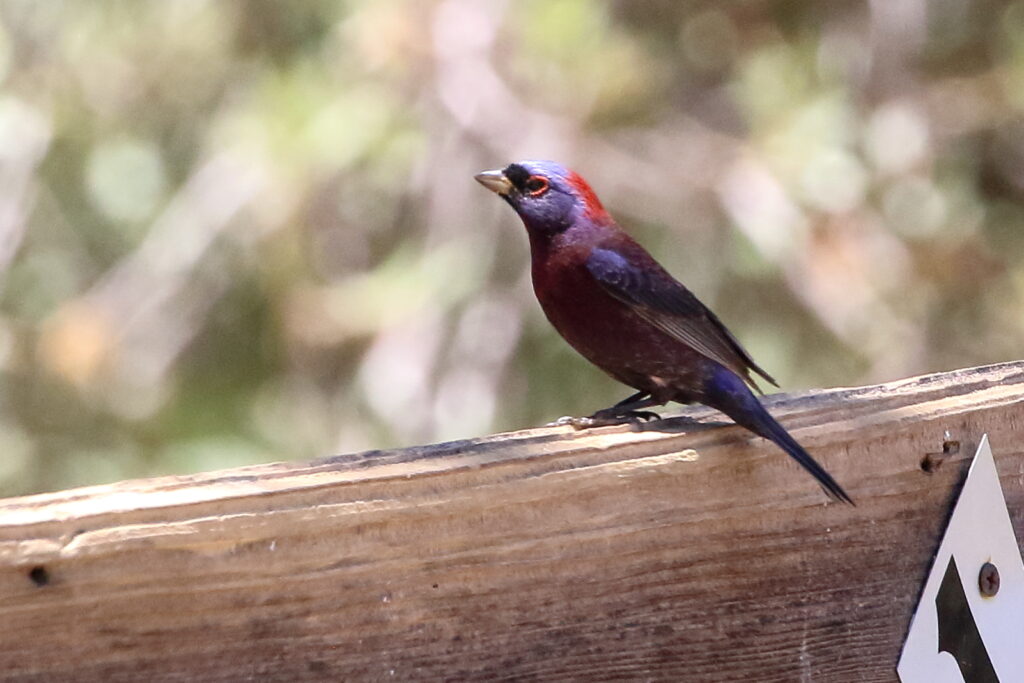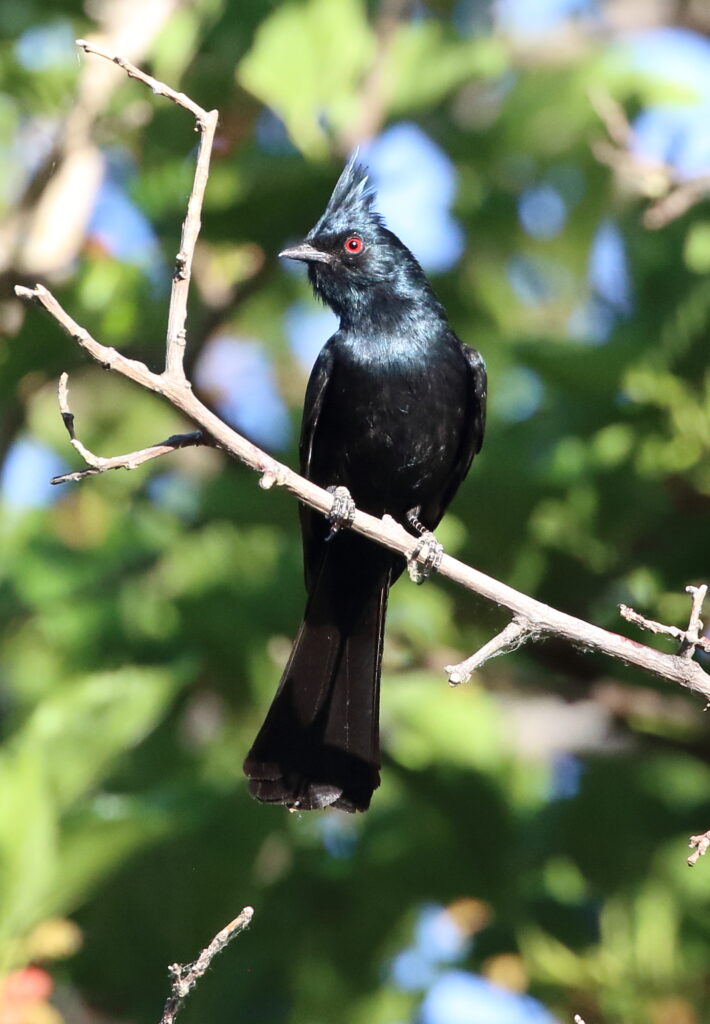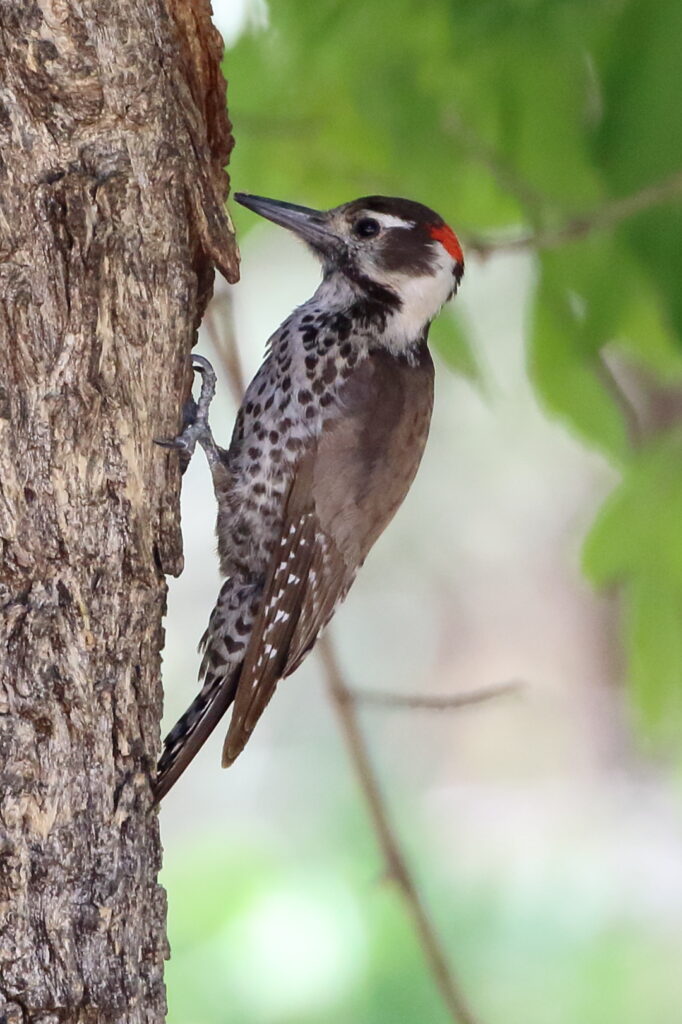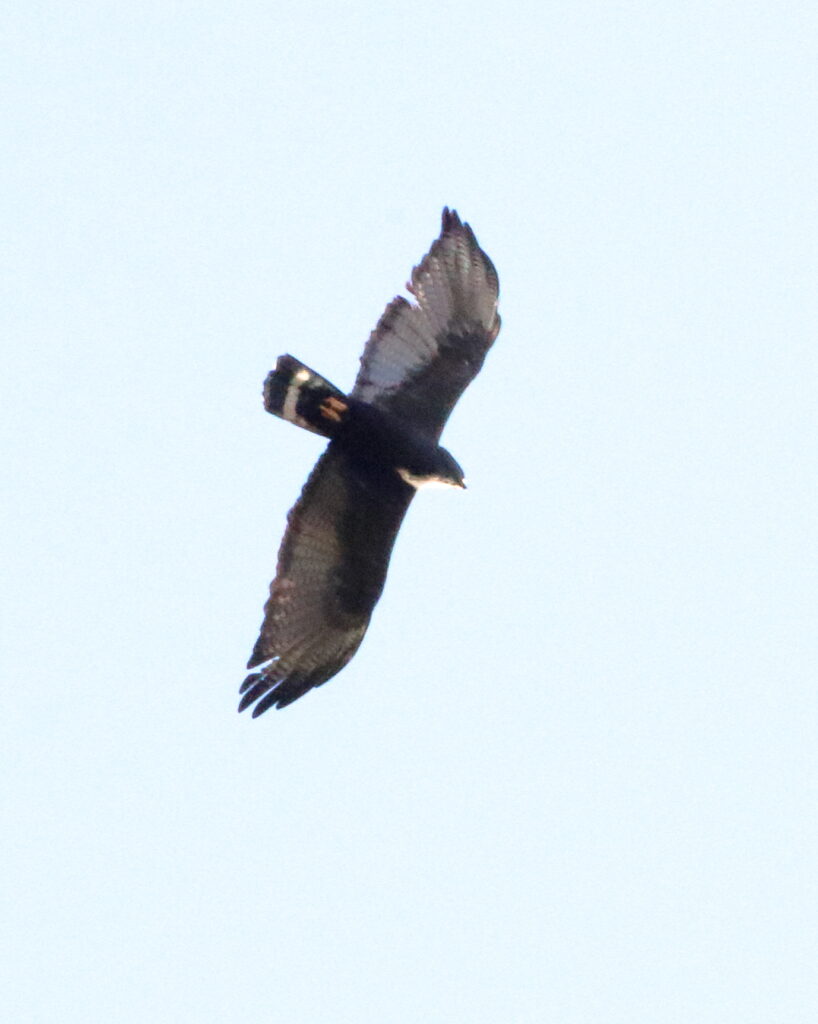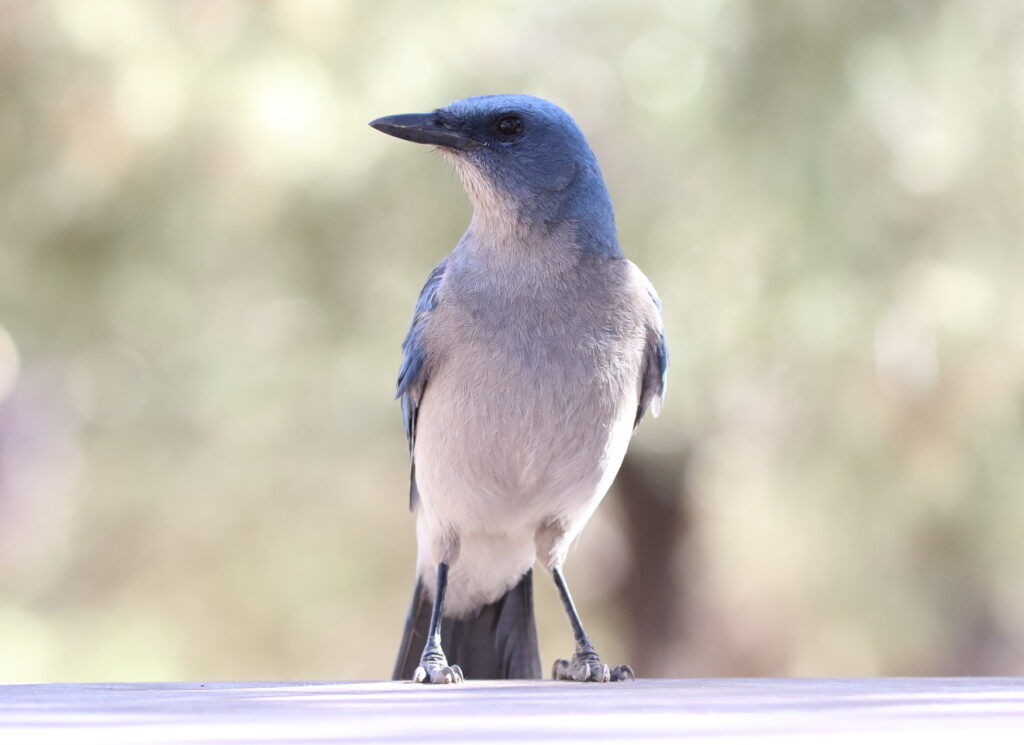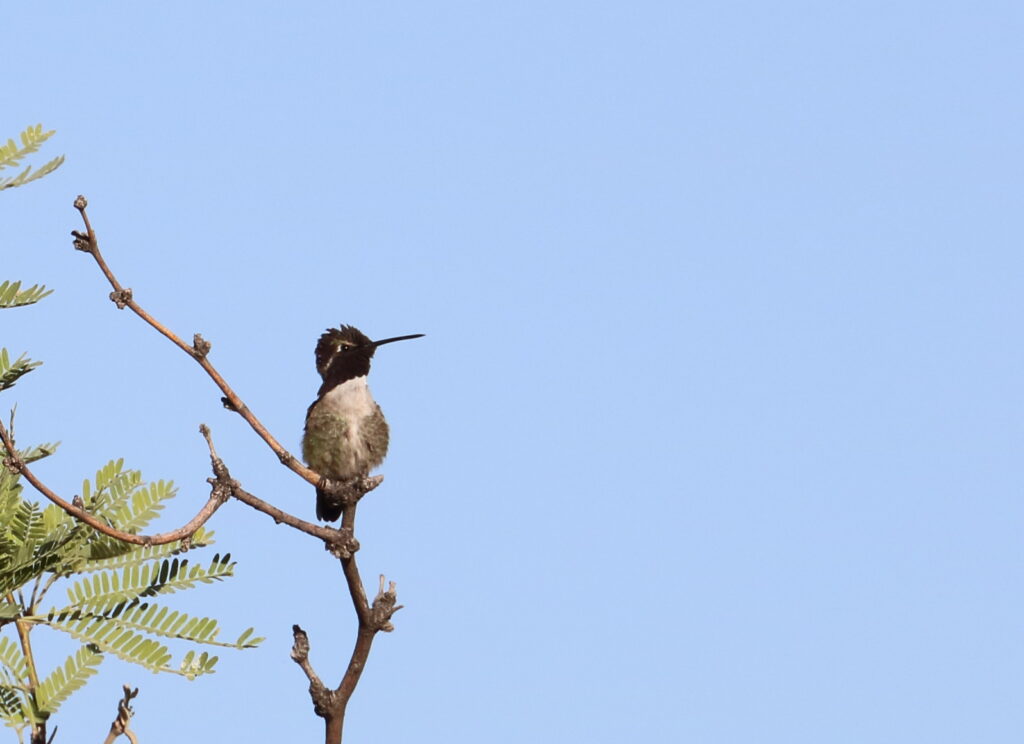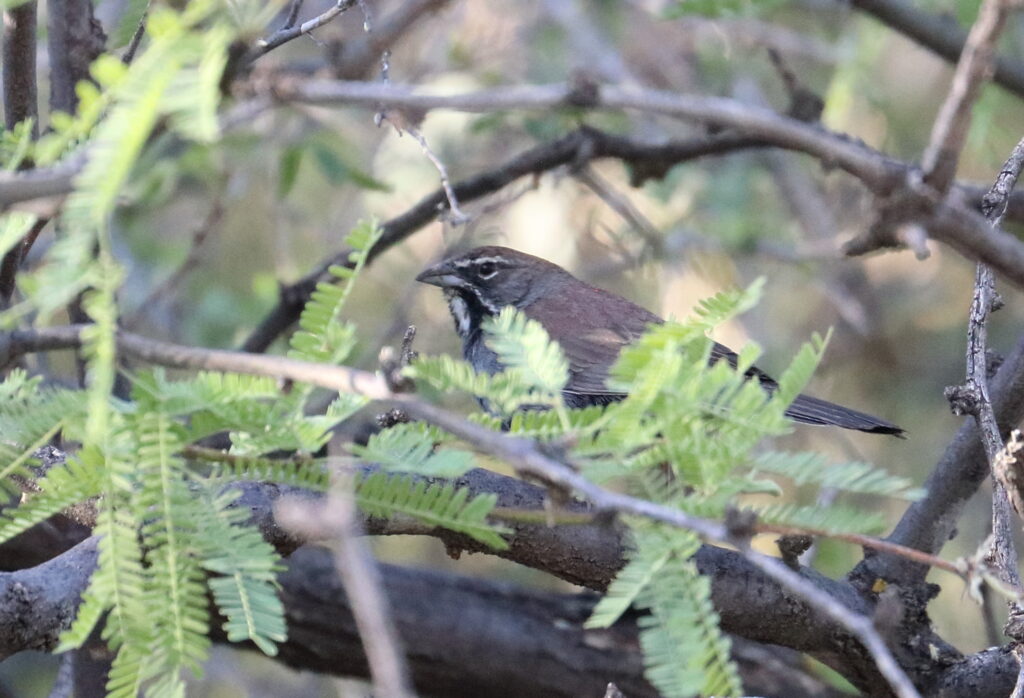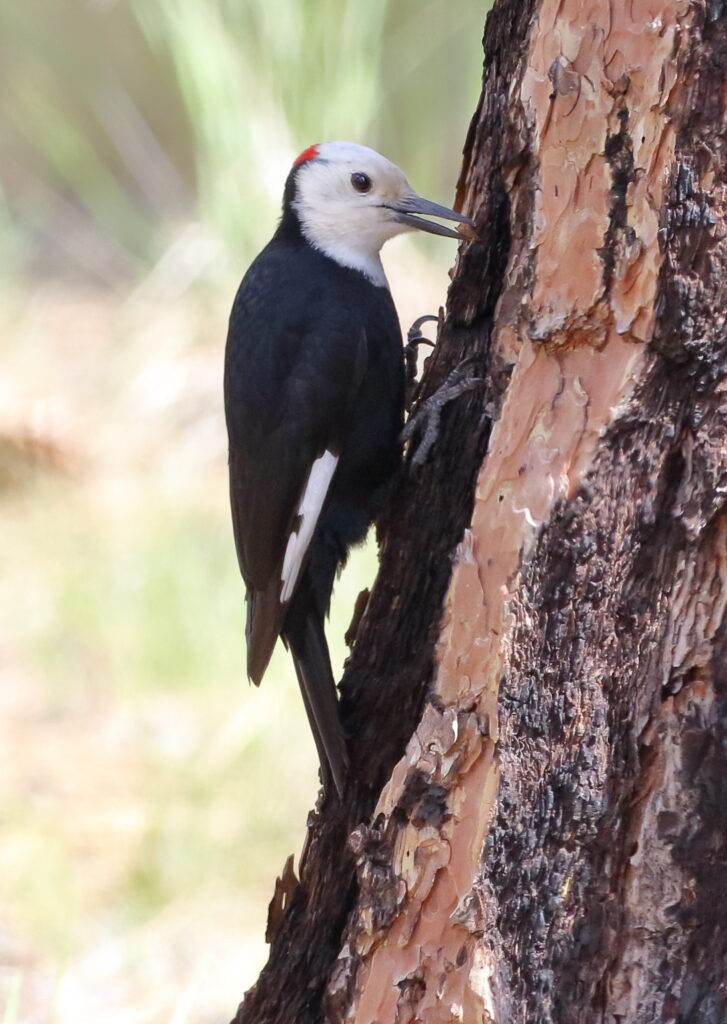We dedicate this post to our loyal subscriber—and Braden’s grandma—Penny Collard on her 75th Birthday! HAPPY BIRTHDAY, PENNY! We Love You!
In Episode 4 of Braden’s California adventures, he dives into one of the West’s most famous raptors, the Spotted Owl. Thanks to his “sister team” working on this listed species, he shares his first encounter with these charismatic critters and learns about their status in the Sierras. Also see his Big Year update at the end of this post!
Besides my crew’s surveys of Northern Goshawks, the other major species being studied by The Institute for Bird Populations in the Stanislaus National Forest is an even more famous raptor: the Spotted Owl. We’d already met the Spotted Owl team once, and spent a good amount of time with Ramiro Aragon, the lead for the owl crew and the only adult we really had contact with in the field. Ramiro told us that the national forest hosted significantly more owls than goshawks. To wit, it had taken us two weeks to find our own goshawks while the owl crew found owls almost nightly, and continued to monitor them and their nests throughout the season. On the other hand, while our job definitely came with some difficulty, the Spotted Owl workers had it twice as rough. They had nonexistent sleep schedules, and were instructed to chase after any Spotted Owls they detected, regardless of what topography or vegetation stood in the way. Often, the vegetation that stood in the way was Poison Oak.
Fortunately, during our goshawk surveys, we also quickly got a handle on what areas might host Spotted Owls. The owl my dad and I had seen in Southeast Arizona nested in a shady ravine, and that’s exactly what the Sierran owls liked too, despite being a different subspecies. At several PACs we located Spotted Owl feathers, beautiful long feathers with intricate patterns of alternating brown and cream. The day after we found our first goshawks, we were bushwhacking across a hill in a relatively shady area. I had just begun to contemplate crossing a creek flowing in front of me when I heard Ivara through the radio.
“There’s an owl.”
I stopped in my tracks, questions popping up in my brain. What kind? Where?
Both were answered. “It’s a Spotted. Come up towards me, slowly.”
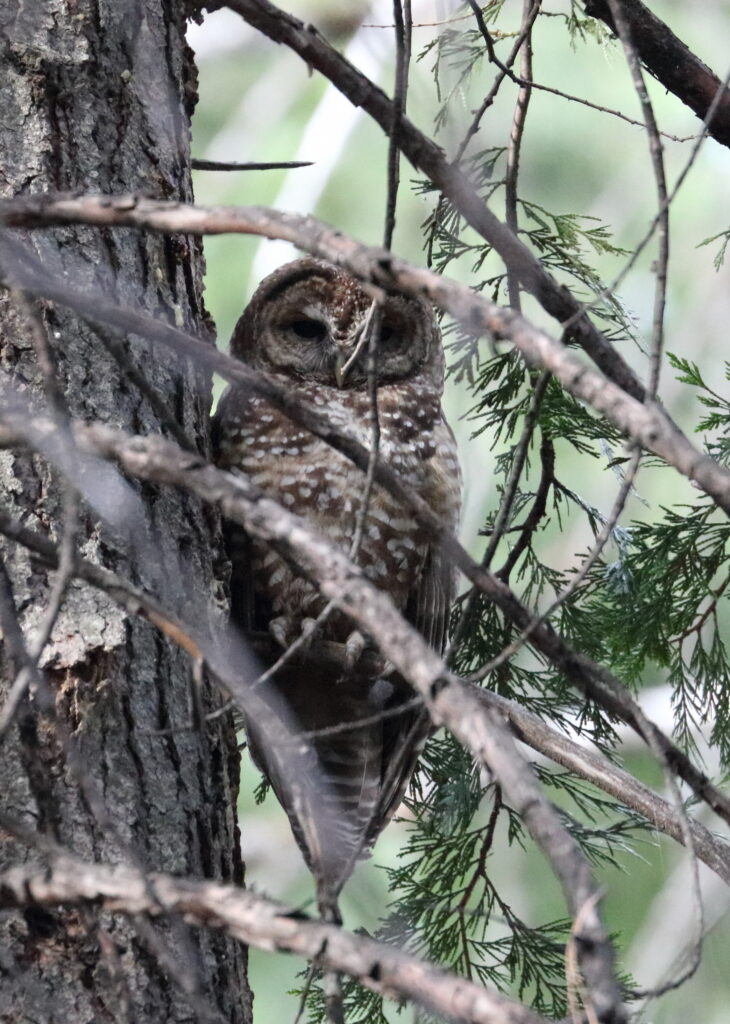
Soon, the four of us sat on a log in a clearing in the forest, staring at a Spotted Owl perched not more than twenty feet from us in a Douglas-fir. This one, unlike the one my dad and I had seen in Arizona, was fully awake, lazily watching us and our cameras. A pair of juncos hopped around the base of the tree where the owl roosted, and it occasionally turned its head towards them as if the juncos were children playing.
We watched the owl for at least thirty minutes, and everyone seemed to be losing their minds. Sam and Miles especially had never seen one before, despite hearing stories about this near-endangered species for years.
It seems that Spotted Owls are still abundant in the Sierras, thanks to having less strict habitat requirements and no competition or interbreeding with Barred Owls. In fact, we learned that Spotted is probably the most common owl in the higher elevations of the Sierra Nevada.
Meanwhile, coastal Spotted Owls are quite threatened. Instead of requiring shady canyons, they need large tracts of old-growth rainforest, a habitat that has been mostly logged. What’s more, thanks to human disturbance, Barred Owls have spread to the West Coast from eastern North America. These owls, which are cousins of Spotted Owls, are more aggressive and push Spotted Owls out of territories. They also will hybridize with Spotted, muddling the gene pool for this species. As I stared at the owl, it gave me hope that the populations of this species are still strong in the Sierras. With conservation-minded individuals working tirelessly to protect them, let’s hope that it stays that way.
Braden’s Big Year Update: As many of you know, Braden set out to see 400 North American bird species in 2022—a goal he smashed on our trip to Arizona. Accordingly, he raised his Big Year goal to 500, and thanks to relentless birding in California, he now stands at 440. Even better, he will be heading to Santa Cruz for a pelagic birding trip this weekend and if all goes well, he may add another 15 or 20 species to his list. Still, 500 is a big number and he’s got a lot of work to do. Keep reading FatherSonBirding to follow his progress!


